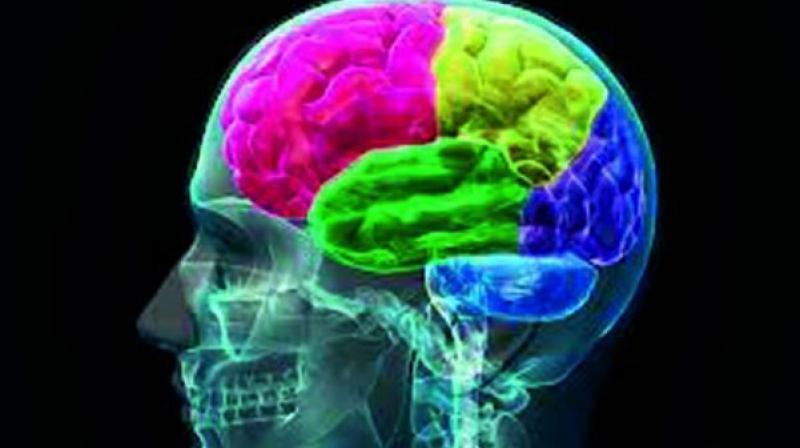Link found between your brain and your consciousness

Washington D.C.: Human consciousness is a topic philosophers have long struggled to define.
Now, a team of researchers led by neurologists at Beth Israel Deaconess Medical Center (BIDMC) has pinpointed the regions of the brain that may play a role maintaining it.
"For the first time, we have found a connection between the brainstem region involved in arousal and regions involved in awareness, two prerequisites for consciousness," said researcher Michael D. Fox. "A lot of pieces of evidence all came together to point to this network playing a role in human consciousness."
Classical neurology holds that arousal and awareness are two critical components of consciousness. Arousal is likely regulated by the brainstem - the portion of the brain, contiguous with the spinal cord, that is responsible for the sleep/wake cycle and cardiac and respiratory rates. Awareness, another critical component of consciousness, has long been thought to reside somewhere in the cortex, the outer layer of the brain responsible for many of its higher functions.
The researchers analyzed 36 patients with brainstem lesions, of which 12 led to coma and 24 did not. Mapping the injuries revealed that a small "coma-specific" area of the brainstem - the rostral dorsolateral pontine tegmentum - was significantly associated with coma. Ten out of the 12 coma-inducing brainstem lesions involved this area, while just one of the 24 control lesions did.
Armed with that information, Fox and colleagues, including lead author David Fischer, MD, then a medical student at Harvard Medical School, used a wiring diagram of the healthy human brain - based on a large, shared data set called the Human Connectome - to identify which other parts of the brain were connected to these coma-causing lesions. Their analysis revealed two areas in the cortex of the brain that were significantly connected to the coma-specific region of the brainstem. One sat in the left, ventral, anterior insula (AI), the other in the pregenual anterior cingulate cortex (pACC). Both regions have been implicated previously in arousal and awareness.
"We now have a great map of how the brain is wired up in the Human Connectome," said Fox. "We can look at not just the location of lesions, but also their connectivity. Over the past year, researchers in my lab have used this approach to understand visual and auditory hallucinations, impaired speech, and movement disorders. A collaborative team of neuroscientists and physicians had the insight and unique expertise needed to apply this approach to consciousness."
The team included co-lead author, Aaron Boes and co-senior author, Joel Geerling.
Finally, the team investigated whether this brainstem-cortex network was functioning in another subset of patients with disorders of consciousness, including coma. Using a special type of MRI scan, the scientists found that their newly identified "consciousness network" was disrupted in patients with impaired consciousness. The findings - bolstered by data from rodent studies - suggest the network between the brainstem and these two cortical regions plays a role maintaining human consciousness.
"The added value of thinking about coma as a network disorder is it presents possible targets for therapy, such as using brain stimulation to augment recovery," Boes said.
A next step, Fox notes, may be to investigate other data sets in which patients lost consciousness to find out if the same, different or overlapping neural networks are involved.
"This is most relevant if we can use these networks as a target for brain stimulation for people with disorders of consciousness," said Fox. "If we zero in on the regions and network involved, can we someday wake someone up who is in a persistent vegetative state? That's the ultimate question."
The study, which already garnered multiple awards from the American Academy of Neurology, has been published in Neurology.

